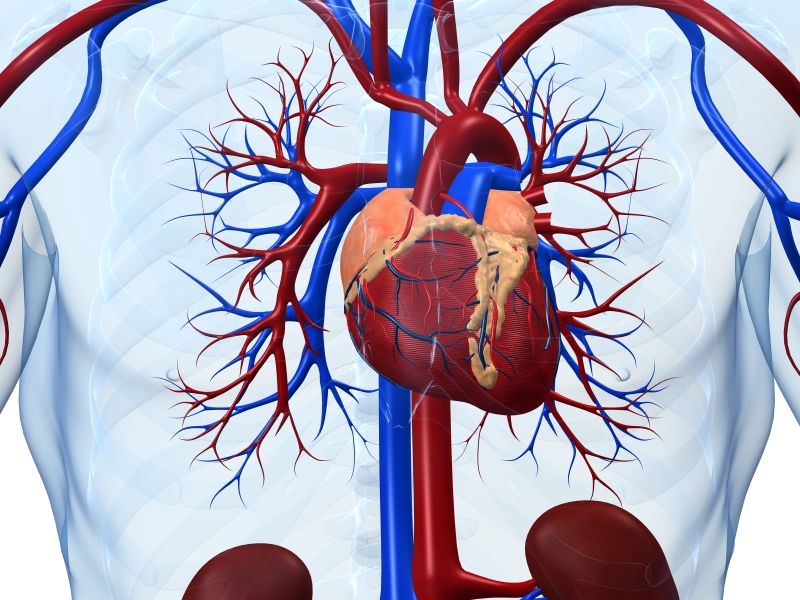A new study provides a new tool for fighting heart disease.
Using a novel noninvasive technique, a team of researchers led by a professor at the University of Texas Arlington’s College of Nursing and Health Innovation has been able to measure oxygen consumption in the legs of heart failure patients, providing additional insight into this syndrome.
The results of the study were published in the Journal PLOS ONE and could bode well for the future treatment of patients. Mark Haykowsky, the college’s Moritz Chair of Gerontology Nursing Research, was the senior author of the journal article.
For the study, the researchers recruited 10 older heart failure patients with either big, dilated hearts that do not pump blood well or big, stiff hearts that do not relax properly after exercise. Both types of patients have high mortality rates.
Related Articles
- Report Highlights National Trends in Heart Disease Treatments
- Soft Robotic Sleeve Helps the Heart Beat
- Cardiac magnetic resonance imaging provides new insight into hypertensive heart disease-a reply
- How Stress May Increase Risk of Heart Disease and Stroke
Typically, measuring leg blood flow and oxygen extraction and consumption is a tedious process. It requires the insertion of a catheter into an artery and vein.
The team developed a technique to measure leg blood flow and oxygen consumption using magnetic resonance imagining technology. Following four minutes of constant knee extension exercise, the researchers measured leg oxygen consumption and its determinants during the recovery period.
Their measurements showed that there was indeed a difference between the two groups. Leg blood flow and oxygen uptake recovery took longer in patients with dilated hearts.
Anne Bavier, dean of the College of Nursing and Health Innovation, said this study further positions UTA as an innovative leader in the battle against heart disease and could bring hope to millions of people.


